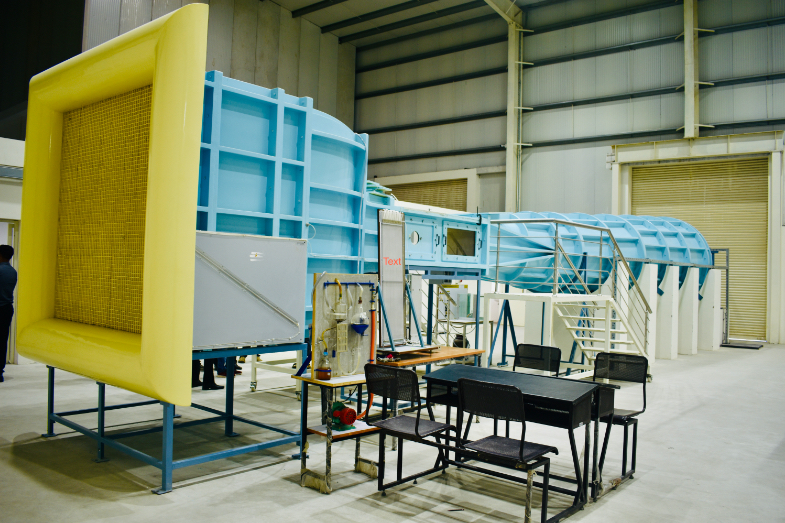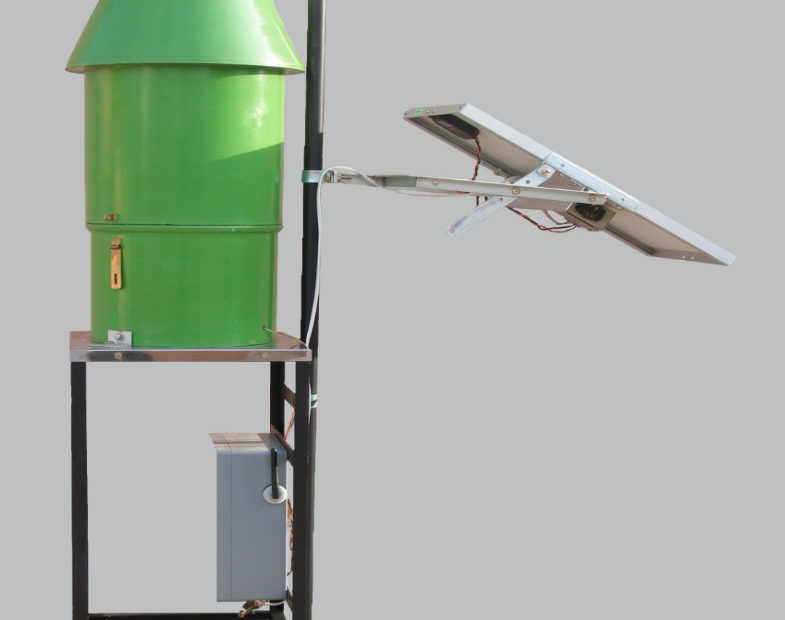We at Sunshine Measurements are committed to educating the next generation of Aerospace engineers. We not only manufacture wind tunnels and fluid dynamics measurement systems, we also design them to enable our engineering college customers and more importantly their professors and students to conduct the following list of aerospace experiments easily as part of their syllabi or curricula.
- Calibration of wind tunnels
- Wind speed against fan RPM.
- Velocity distribution across test section.
- Flow Visualization
- Flow past an 2-D Symmetric aerofoil
- Flow past an 2-D Symmetric aerofoil at different angle of attack
- Observe the flow separation with angle of attack and stall
- Flow past on 2-D Cambered aerofoil at different angle of attack
- Flow past a cylinder observe the separation pt and vortex shedding
- Flow past a aircraft model at different angle of attack
- Boundary layer measurement (velocity distribution) with rake as well as traverse
- Distinguish between lam and turbulent boundary layer from mean velocity distribution.
- Growth rate of lam boundary layer
- Growth rate of turbulent boundary layer
- Velocity distribution in the wake
- velocity distribution behind an aerofoil at different angle of attack
- velocity distribution behind a cylinder
- Measurement of momentum thicknesses behind aerofoil as well as cylinder
- Observe the differences between that of an aerofoil and cylinder of the same thickness.
- Show velocity random variation for a turbulent flow, distinguish between lam flow and Turbulent flow (velocity distribution outside the Boundary layer and inside the turbulent boundary layer).
Hotwire anemometer has to be used for this experiment.
- Pressure Measurements
- Pressure distribution on aerofoils at different angle of attack (symmetric as well as cambered)
- Identify the separation points from the pressure distribution
- pressure distribution on cylinder
- measure base pressure behind the cylinder
- Identify separation point on the cylinder
- Force Measurements
- Compute lift and drag from the pressure distribution on the aerofoil
- Lift variation with angle of attack plot Cl (lift coefficient with α angle of attack)
- Compute the drag on the cylinder from pressure distribution, calculate Cd (drag coefficient) on the cylinder.
- show the drag variation with speed
- Identify the critical speed for lam and turbulence separation
- Use force balance for measurement of lift and drag of 2-D aerofoils.
Draw Cl vs α (angle of attack) , Cd vs α as well as Cl vs Cd
a.) Use force balance to measure the drag on the cylinder at different speeds.
Draw the Cd vs speed, identify critical speed
b) Use force balance on aircraft model.
Draw Cl vs α, Cd vs α as well as Cl vs Cd curves.
Identify stall
If you would like step by step experimental procedures for any of these experiments please contact us below.

